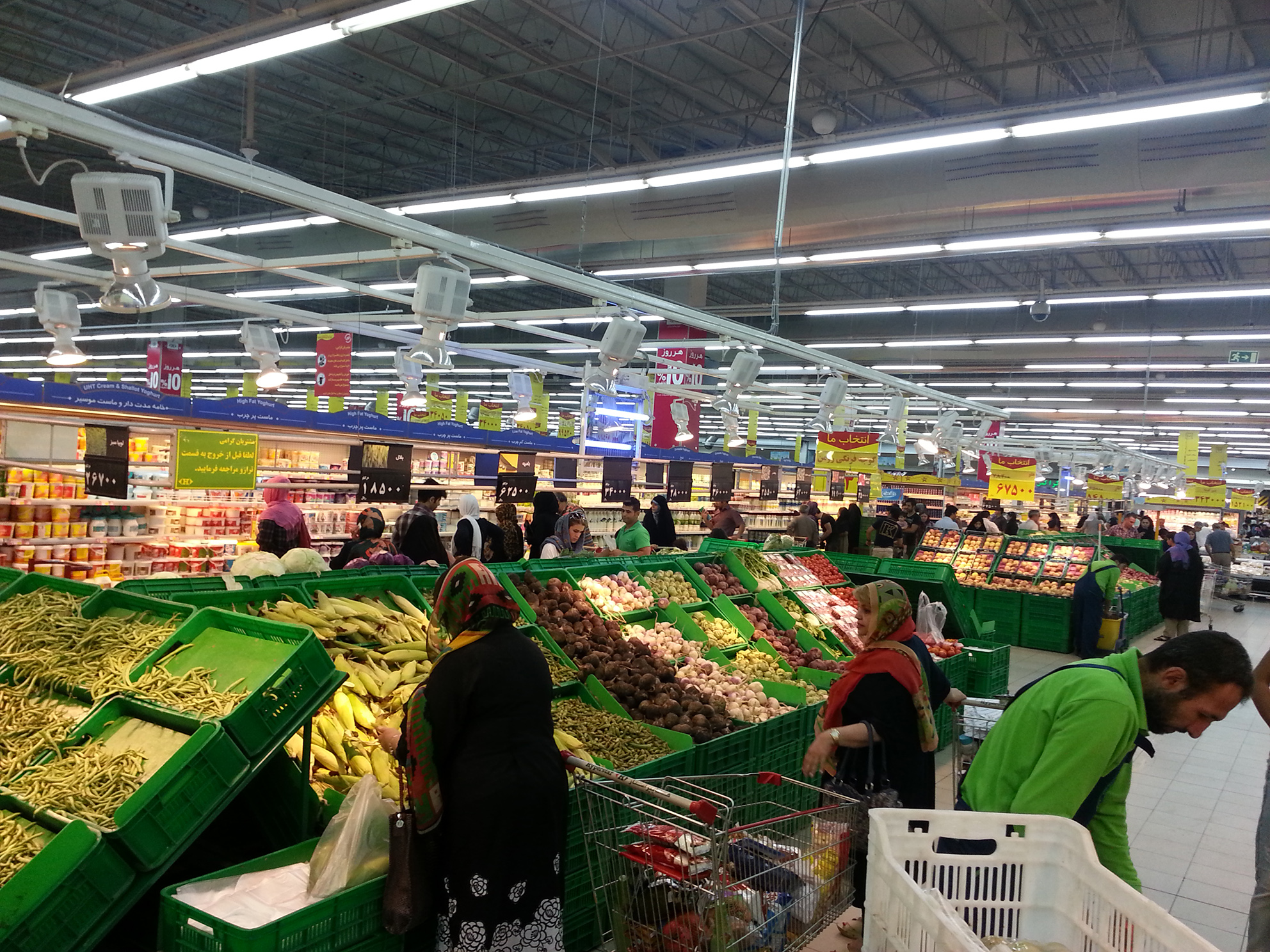The Central Bank of Iran reported an average inflation rate of 8.73% for the 12 months to February 18 (the end of the Iranian month of Bahman), indicating the first major rise since June 2015.
Inflation averaged at 8.58% in the month to January 19, showing a 0.01% increase compared to the preceding month, which had experienced a record low inflation since March 1992.
The overall Consumer Price Index (using the Iranian year to March 2012 as the base year) stood at 257.7 in Bahman, indicating a 1.1% rise over the previous month. This is a significant rise in monthly CPI growth compared to the 0.8% registered in the previous month.
The average monthly growth since the beginning of the current Iranian year reached 0.9% in Bahman, which is slightly higher than the 0.8% threshold that the government calls “redline” that, if crossed, would call for control measures.
The CPI index registered a year-on-year increase of 10.6% compared with the similar month of last year. The point-to-point increase entered the double-digit territory for the first time in 15 months.
In June 2016, the year-on-year increase had bottomed out at 6.8%, even though it did not sustain.
The CPI represents the cost of goods and services across the country on a monthly basis, which is broken down to 12 major groups, including “food and beverages” and “housing, water, power, gas and other fuels”. The two groups have the strongest effect on the overall indicator.
The record high monthly growth of CPI is attributed to a rise in “food and beverages”, which traditionally posts an increase in the weeks leading to the end of the Iranian yearend (March 20). This has been the case for other sub-indicators as well.
After inheriting an inflation rate of over 40%, President Hassan Rouhani’s economic team halved the rate one year into office, pulling it below 20% in September 2014 and then to around 15% in March 2015.
Iran’s inflation rate went below 10% for the rolling year ending June 20. This was the first time the country was experiencing single-digit inflation in about a quarter century.
Masoud Nili, a senior economist and top advisor to Rouhani, said last month that if inflation bounces back to above 10%, it will hamper economic growth.
“If we lose the single-digit inflation rate, economic growth will move downward,” he said.
Iran achieved a 7.4% growth in the first half of the current Iranian year (March 20-September 21) and is aiming for 8% growth as part of a five-year development plan to 2022.
Asked last month whether he is confident that inflation will stay in the single-digit zone, Economy Minister Ali Tayyebnia said, “You can never speak confidently about this. We, economists, cannot talk with certainty. I see a good future. I believe we can maintain the single-digit inflation. This is feasible.”
Earlier this year, Tayyebnia said the government has reached “the stiff core of the inflation” and that “it has become difficult to fight it”. He argued that bringing the inflation rate below 8% has never been the policy of President Hassan Rouhani’s administration in the first place, as it could have “grave consequences” for the economy.
International Monetary Fund, in its latest report predicted that Iran’s inflation will average about 9% in the 2016-17 fiscal year, before temporarily rising to just over 11% in 2017-18 due to the pass-through from a recent exchange rate depreciation.


